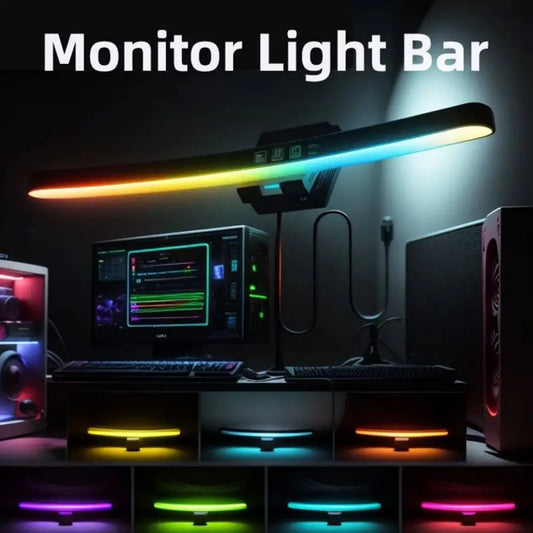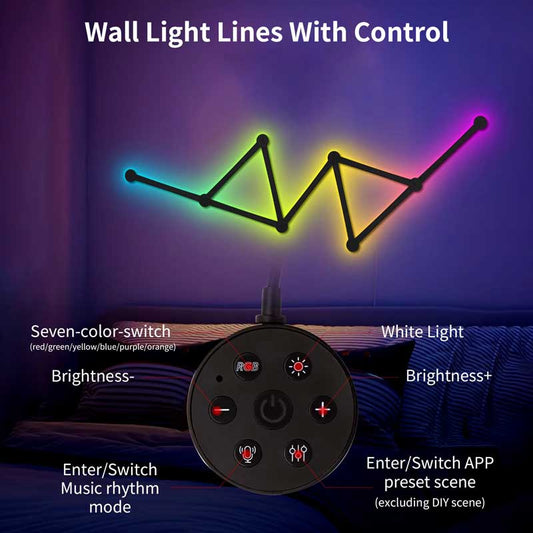Was the Ps1 weaker than the N64?
Partager
Yes, the PlayStation 1 (PS1) was generally considered weaker than the Nintendo 64 (N64) in terms of raw hardware power, but the differences in performance between the two consoles were more nuanced. Both consoles had their own strengths, and each was designed with different philosophies in mind, which led to different outcomes in terms of gameplay experience. Let's break down the main differences between the PS1 and N64 to see why the N64 had a performance edge.
1. Graphics and Visuals
-
Nintendo 64:
- The N64 was equipped with the Ultra 64 graphics processor (designed by SGI), which was capable of rendering true 3D polygons with more fluid motion and more detailed textures compared to the PS1.
- The N64 also had hardware-based anti-aliasing (a technique used to smooth out jagged edges), which allowed for cleaner, more polished visuals, especially in 3D games.
- With 64-bit architecture and a more capable graphics chip, the N64 could deliver more complex environments and detailed 3D models, especially when it came to texture mapping and lighting effects.
-
PlayStation 1:
- The PS1, on the other hand, used a 33 MHz graphics processor with 16-bit color depth. It was great for 2D games and pre-rendered backgrounds, but its 3D rendering capabilities were somewhat less sophisticated than the N64's.
- The PS1 could produce some 3D games, but it struggled with polygonal models and texture warping. In some cases, the PS1 could achieve impressive 3D effects, but its architecture was less optimized for smooth 3D gameplay compared to the N64.
Key Takeaway: In terms of raw graphical power, the N64 had a clear advantage, especially in delivering high-quality 3D graphics with more advanced effects.
2. Memory and Storage
-
Nintendo 64:
- The N64 came with 4MB of RAM, which could be expanded with a Memory Expansion Pack to 8MB. This allowed for larger game worlds, more detailed textures, and smoother performance in 3D games.
- Game cartridges on the N64 allowed for faster loading times and more memory space compared to CDs, but they were more expensive to produce and had a lower capacity (about 64MB, max) compared to PS1's CDs.
-
PlayStation 1:
- The PS1 came with 2MB of RAM (expandable with additional memory for saves). While this was less than the N64, the CD format used by the PS1 allowed for larger game sizes (up to 700MB per disc), which gave developers more room to include higher-quality audio, full-motion video, and expansive game worlds.
- Game discs were slower to load compared to cartridges, but the cost-effectiveness and larger storage capacity of CDs allowed the PS1 to have a broader library of games, including many large RPGs and adventure games that benefited from the extra storage.
Key Takeaway: The N64 had a faster, more efficient memory system, but the PS1 benefited from the larger storage capacity and versatility of CDs.
3. Sound
-
Nintendo 64:
- The N64 had a 16-bit sound processor and was capable of producing good-quality music and sound effects for its time, but it lacked the CD-quality sound that the PS1 could easily handle.
-
PlayStation 1:
- The PS1 was one of the first consoles to feature CD-based audio, which allowed for high-quality soundtracks, full voice acting, and realistic sound effects in a wide variety of genres. Many of the PS1's RPGs and adventure games (e.g., Final Fantasy VII, Metal Gear Solid) greatly benefited from the richer sound quality of CDs.
Key Takeaway: The PS1 had a significant advantage in terms of sound quality, especially for games that used music and voice acting as key components.
4. Game Library and Performance Optimizations
-
Nintendo 64:
- The N64's cartridge-based storage provided faster load times and less data compression, meaning games could run smoother and load faster. However, the limited capacity of the cartridges meant that developers had to be more efficient with their data usage.
- The N64's 3D focus and exclusive games like Super Mario 64, The Legend of Zelda: Ocarina of Time, and GoldenEye 007 set new standards for 3D gameplay. But, the limited number of N64 games (due to the high cost of cartridge production) meant that the console had fewer game options compared to the PS1.
-
PlayStation 1:
- The PS1 had a much larger library of games (around 2,500 titles), thanks to the relatively cheap and easy-to-produce CD format. This meant more game options across many genres, from platformers to RPGs to fighting games. While the PS1's 3D games were often less polished than the N64's, it still had iconic titles like Final Fantasy VII, Gran Turismo, and Crash Bandicoot.
- Despite the graphical limitations, the PS1's game optimization allowed for smoother experiences, even if the hardware wasn't as advanced as the N64's.
Key Takeaway: While the N64 offered more advanced 3D graphics, the PS1 had a wider variety of games, better sound, and was more cost-effective in terms of storage.
5. Controller Design and Ergonomics
-
Nintendo 64:
- The N64 controller was unique and featured an unusual three-prong design with an analog stick, which gave it an edge in controlling 3D movement. However, it was criticized for being uncomfortable for some players, especially for games that didn’t utilize the analog stick effectively.
-
PlayStation 1:
- The PS1 controller had a more traditional design, with four action buttons, a D-pad, and two analog sticks (with the DualShock controllers in later versions). The controller was highly regarded for its comfort and precision, and it became the template for the PlayStation 2 controller and beyond.
Key Takeaway: The PS1 controller was easier to use for most players, while the N64 controller had its strengths in 3D games but was less universally comfortable.
Conclusion: Strengths and Weaknesses
-
The Nintendo 64 was technologically superior in terms of graphics and 3D performance. It could handle smoother 3D gameplay with better visual effects, thanks to its powerful graphics hardware. Its cartridges allowed for faster loading and no compression issues, but the smaller game library was a downside.
-
The PlayStation 1 was weaker graphically but had a much more diverse game library, better sound quality (with CD-based audio), and the advantage of cheaper storage with CDs. It wasn’t as good with 3D games, but it more than made up for it with a massive selection of titles across all genres.
Final Verdict:
While the N64 had better raw hardware and graphics for 3D games, the PS1 was stronger in terms of game variety, sound quality, and overall market impact. In terms of raw power, the N64 was slightly ahead, but the PS1 had a wider appeal and a more lasting legacy. It really depends on what you value more—graphics and 3D performance (N64) or game variety and audio (PS1).




